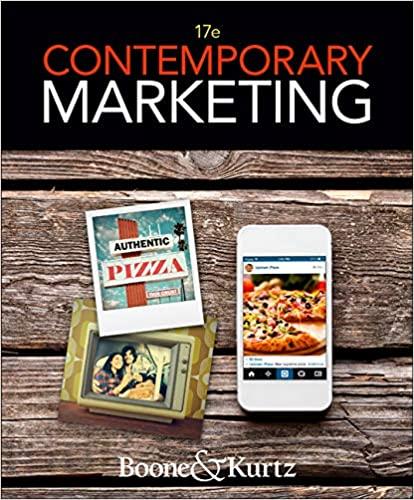Airports closed, subways flooded, power and communications were disrupted. In addition to more than 100 deaths, thousands
Question:
Airports closed, subways flooded, power and communications were disrupted. In addition to more than 100 deaths, thousands of homes and businesses were damaged or destroyed by flood, fire, and wind. In the aftermath, bridges and roads were closed, gasoline had to be rationed, and crews from as far away as Canada arrived to repair power lines, an effort that took weeks. The storm is estimated to have cost more than $60 billion in property damage and lost business.
While many soon returned to normal routines, the storm’s full effects across 15 states were deep and long lasting. A major reason was the disruption of the area’s supply chains. New York’s and New Jersey’s international shipping harbors and three major airports were closed for two to three days, and road traffic was nearly halted for up to several days. Some cargoes were quickly diverted, but shipping volume in the area is so heavy—second only to that of Long Beach/Los Angeles—that disruptions were widespread. Incoming and outgoing shipments were delayed, with ripple effects that went worldwide. Some businesses were hurt by these delays as the critical holiday season approached; some never reopened.
Perhaps most frustrating to many consumers was the unexpected shortage of gasoline left in Sandy’s wake, resulting from power outages at gas stations and the shutdown of the area’s two main refineries due to flooding. Once the stations that could power their pumps ran out of fuel, no new supplies could reach them for days.
Government officials and business managers alike agree that better preparation can prevent some of these losses and difficulties should another superstorm hit the area. One consultant suggests that businesses learn the risks their suppliers face, plan their production schedules and deliveries in light of those risks, and seek multiple suppliers—ones that are not too far away.
Questions
1. Consumers are often advised to stock up on necessities in advance of a major storm. Would this kind of strategy work for businesses? Why or why not?
2. One writer suggests that disaster preparedness includes understanding the risks faced by your supplier’s suppliers. Do you agree? Why or why not?
Step by Step Answer:






